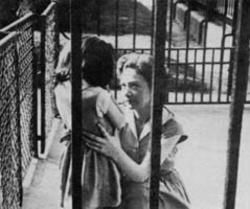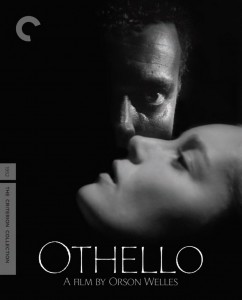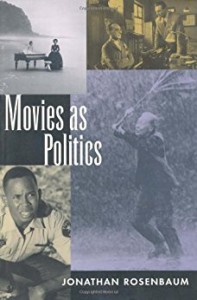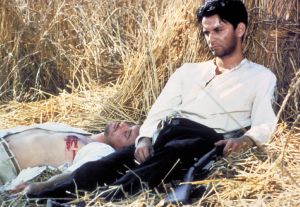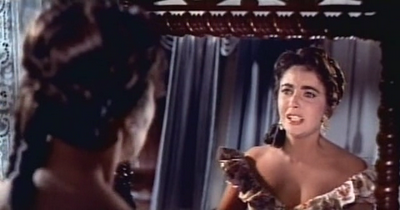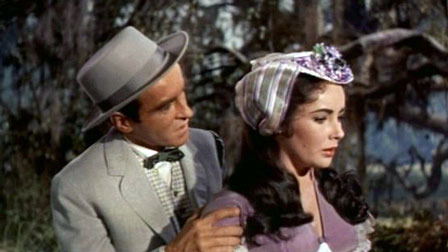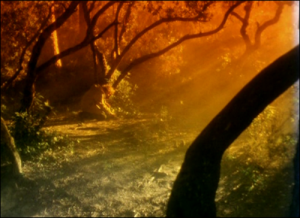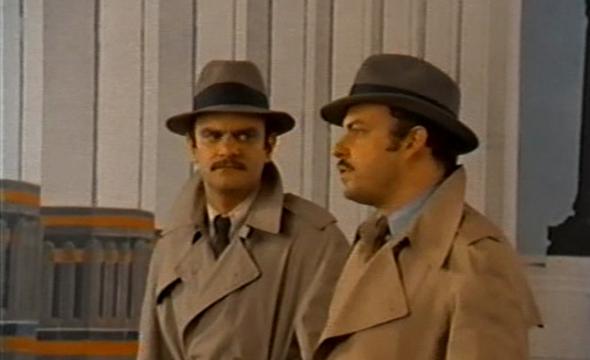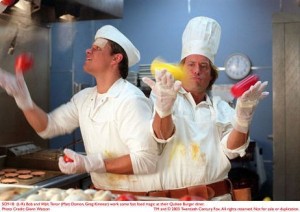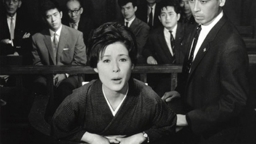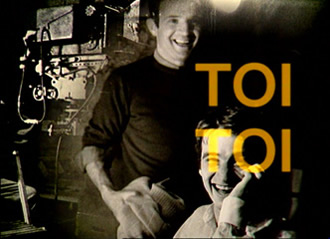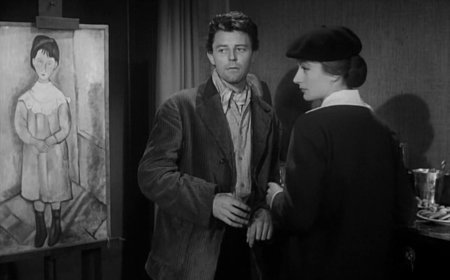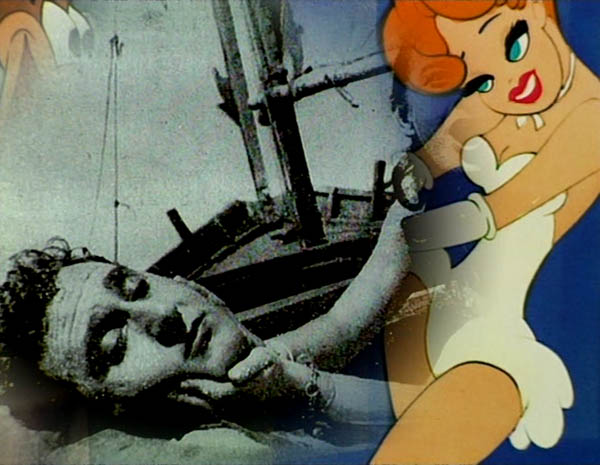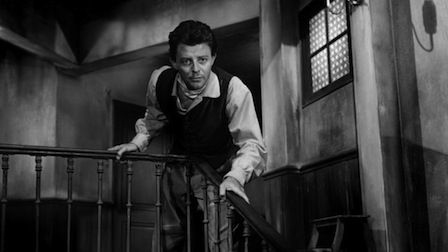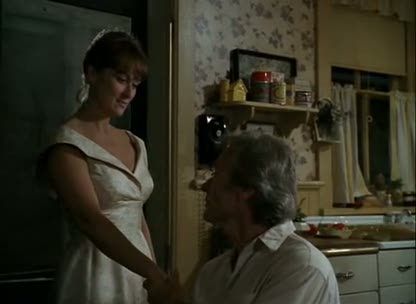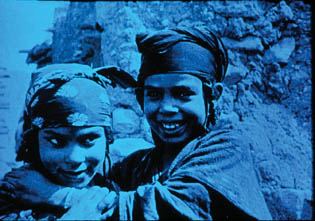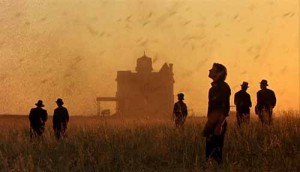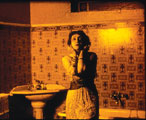This essay was originally written as liner notes for a DVD released in 2006 in the U.K. by Second Run, an excellent label. (This DVD can be obtained here—a site well worth checking out for other films as well.) My thanks to Mehelli Modi for commissioning this piece as well as for allowing me to reprint it, both here and in my collection Goodbye Cinema, Hello Cinephilia. I’m delighted, incidentally, that Lorber Kino’s recent DVD release of these films also includes not only My Girlfriend’s Wedding and Pictures from Life’s Other Side, but also McBride’s wonderful recent short, My Son’s Wedding to My Sister-in-Law (2008). — J.R.
In my mind, there isn’t as much of a distinction between documentary and fiction as there is between a good movie and a bad one. — Abbas Kiarostami
Artifact #1: A softcover book, The Film Director as Superstar (Garden City, NY:
Doubleday & Co.,1970)—-a collection of 16 interviews in three parts, each of
which has two subsections: “The Outsiders” (”Beyond the Underground,” “Their
Own Money, Their Own Scene”), “The European Experience” (”The Underemployed
Independent,” “The Socialist Film Schools”), and “Free Agents Within the System”
(”Transitional Directors,” “Independents with Muscle”). Read more




